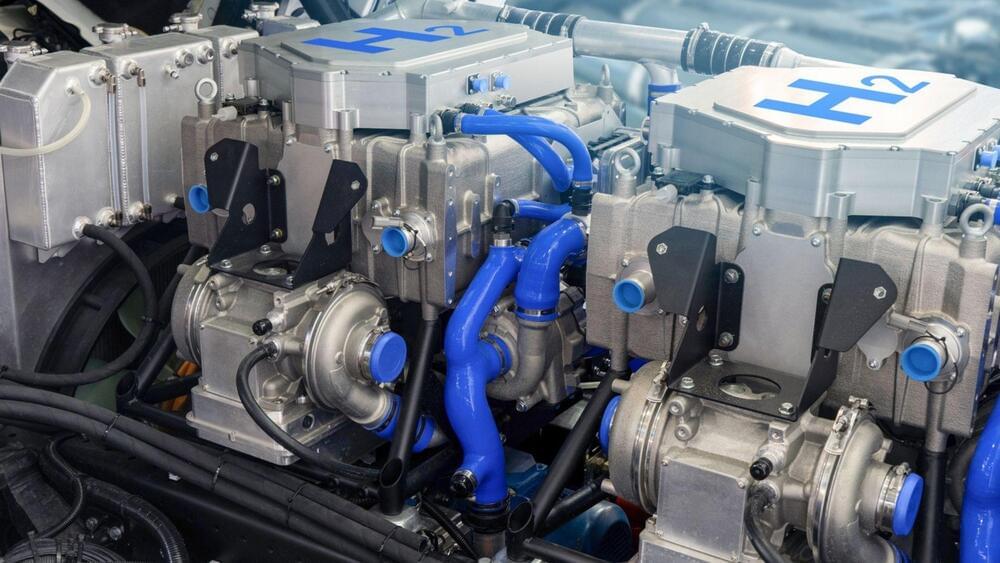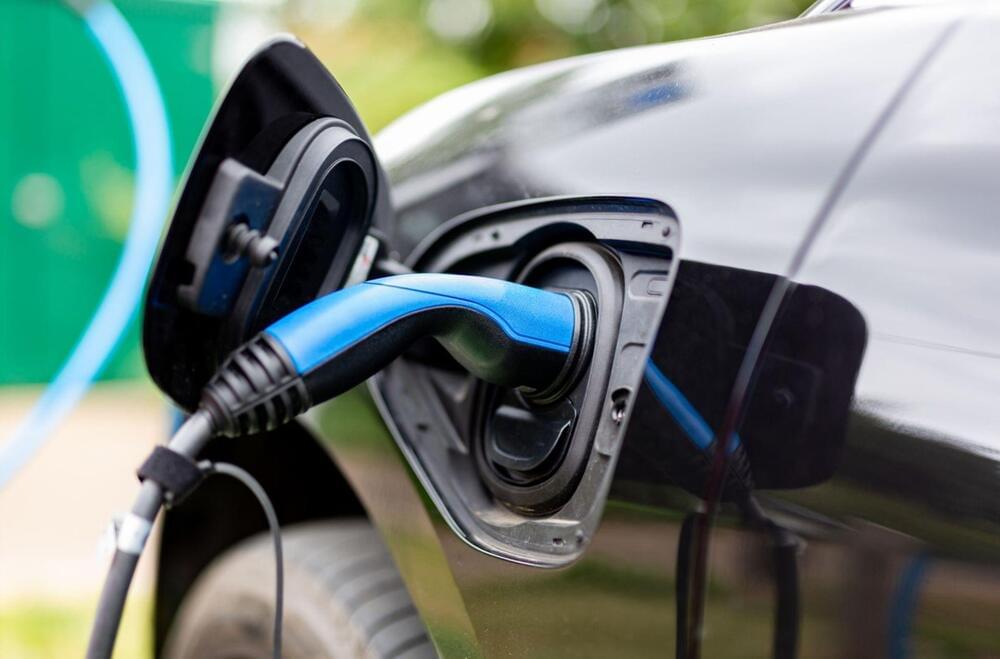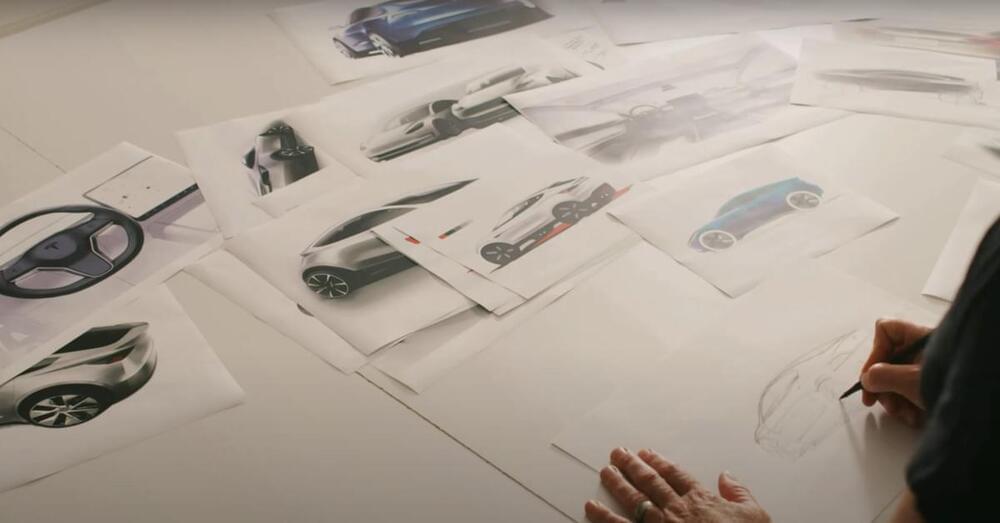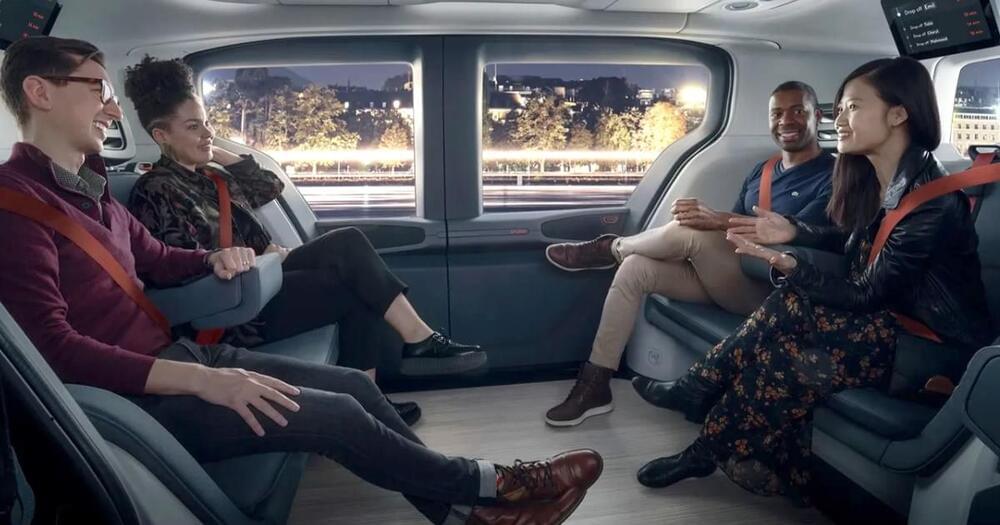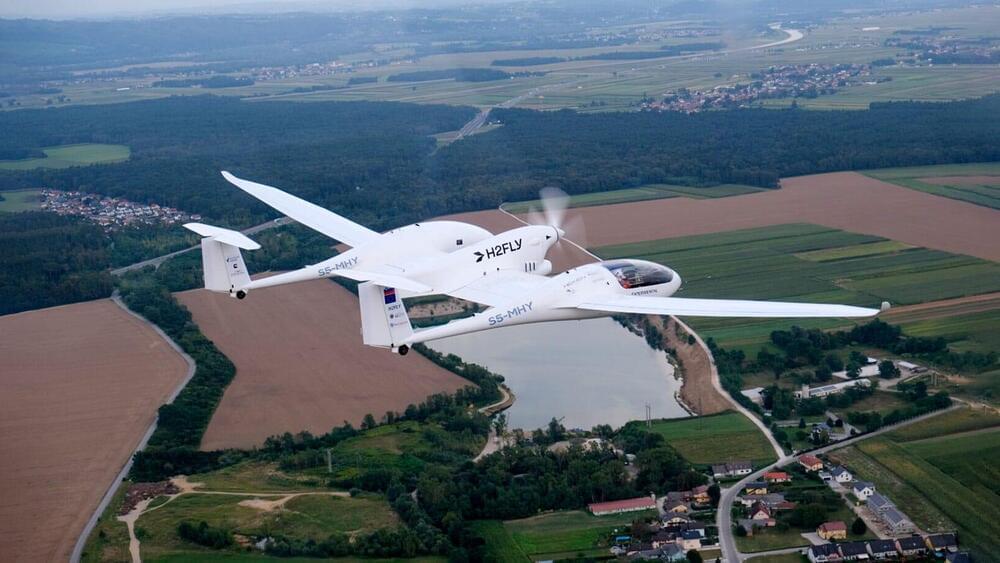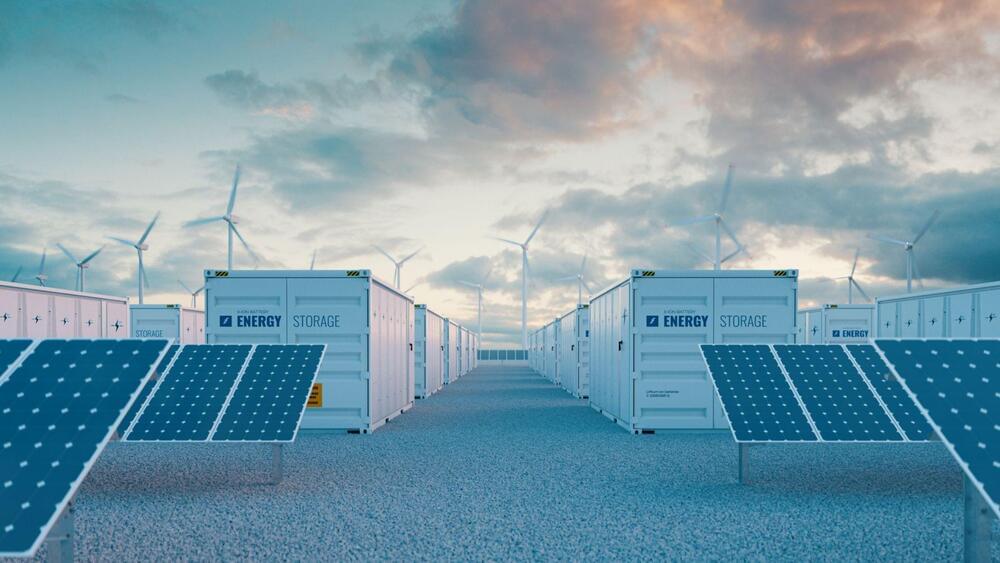Came across this. Any aviation fans? MIT does it again but this time with propellers.
Hope you all enjoy it.
Dont forget to subscribe and give a thumbs up.
This video is made with non-profit or does not represent another company. I do not own the copyrights to the “music” in the video!
‘Copyright Disclaimer Under Section 107 of the Copyright Act 1976, allowance is made for ‘fair use’ for purposes such as criticism, comment, news reporting, teaching, scholarship, and research. Fair use is a use permitted by copyright statute that might otherwise be infringing. Non-profit, educational or personal use tips the balance in favor of fair use’

